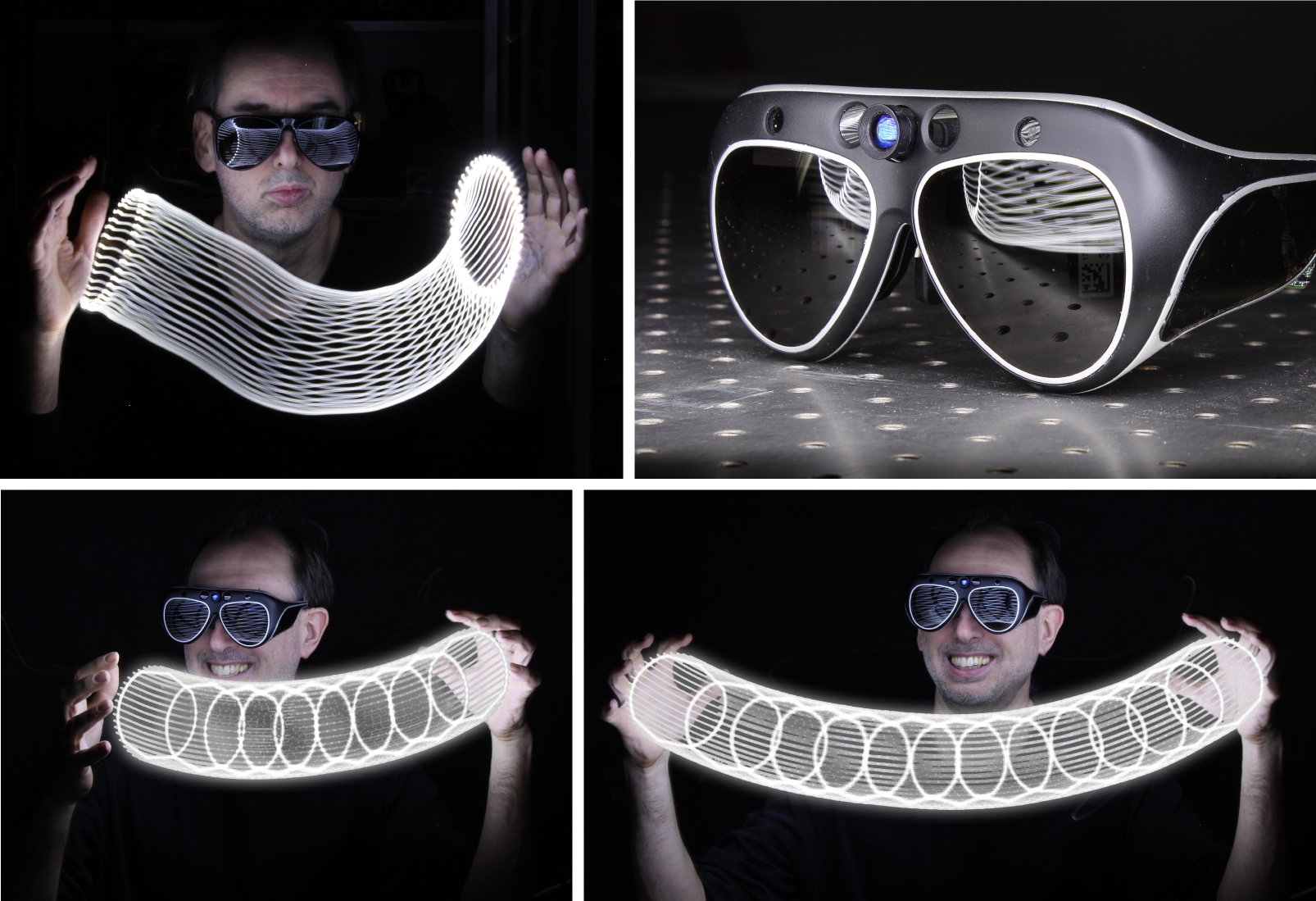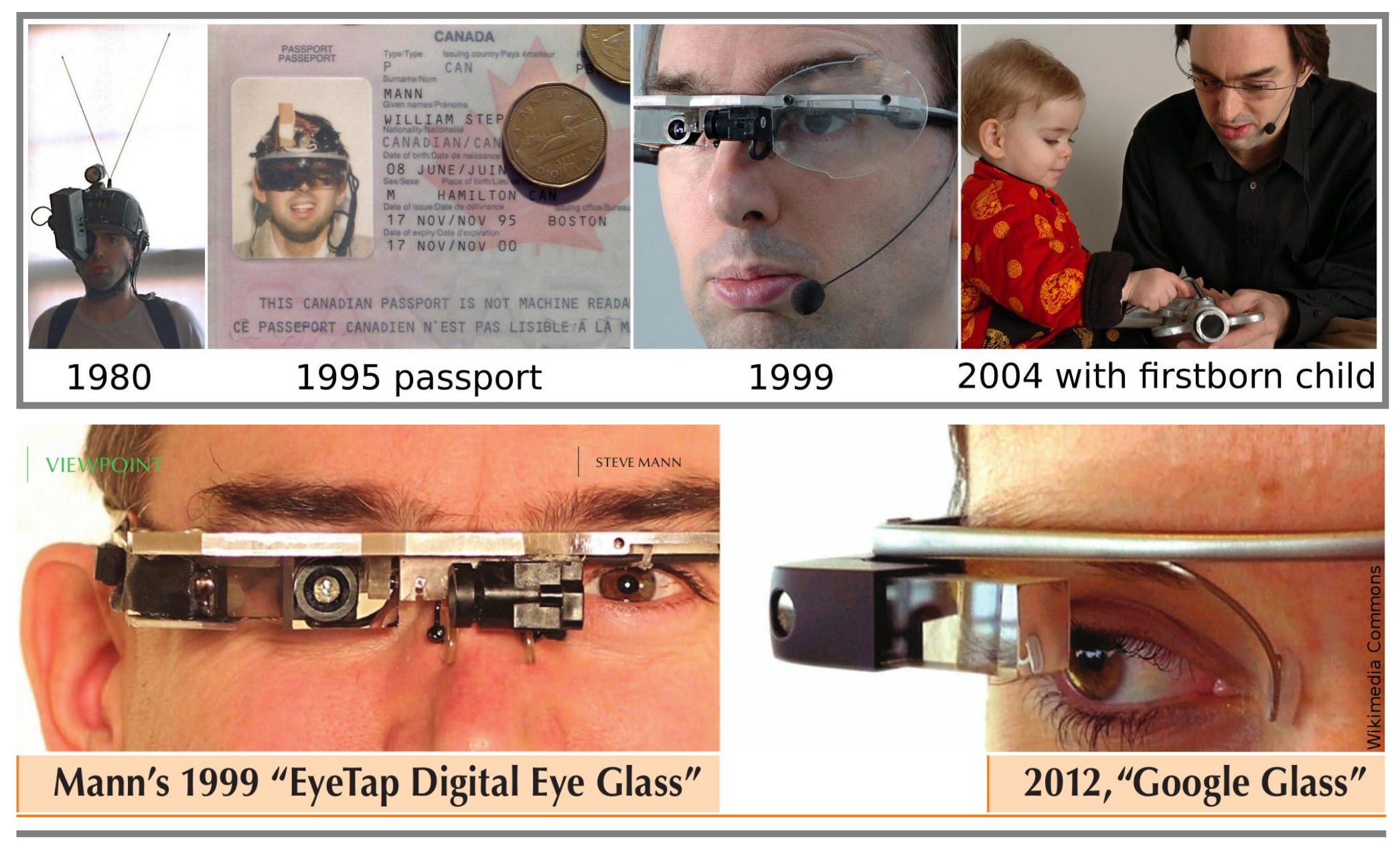
Above: Meta Spaceglasses for 3D gesture-based AR (Augmediated Reality)


Above: Meta Spaceglasses for 3D gesture-based AR (Augmediated Reality)
"Steve Mann is the perfect example of someone... who persisted in his vision and ended up founding a new discipline." -- -- Nicholas Negroponte, Founder, Director, and Chairman, MIT Media Lab, 1997Many recent developments in wearable computing represent business opportunities, in collaboration with inventor S. Mann.
A core element of this invention is the Digital Eye Glass, and in particular, the Extramissive Spatial Imaging Glass, abbreviated "Spaceglass" (see http://spaceglasses.com). There are numerous business opportunties around this invention, and working in collaboration with Meta in Silicon Valley California, together with Meta's Chief Scientist, Steve Mann.
Another point-of-entry into this field is with InteraXon, makers of the Muse, known as "the most important wearable of 2014".